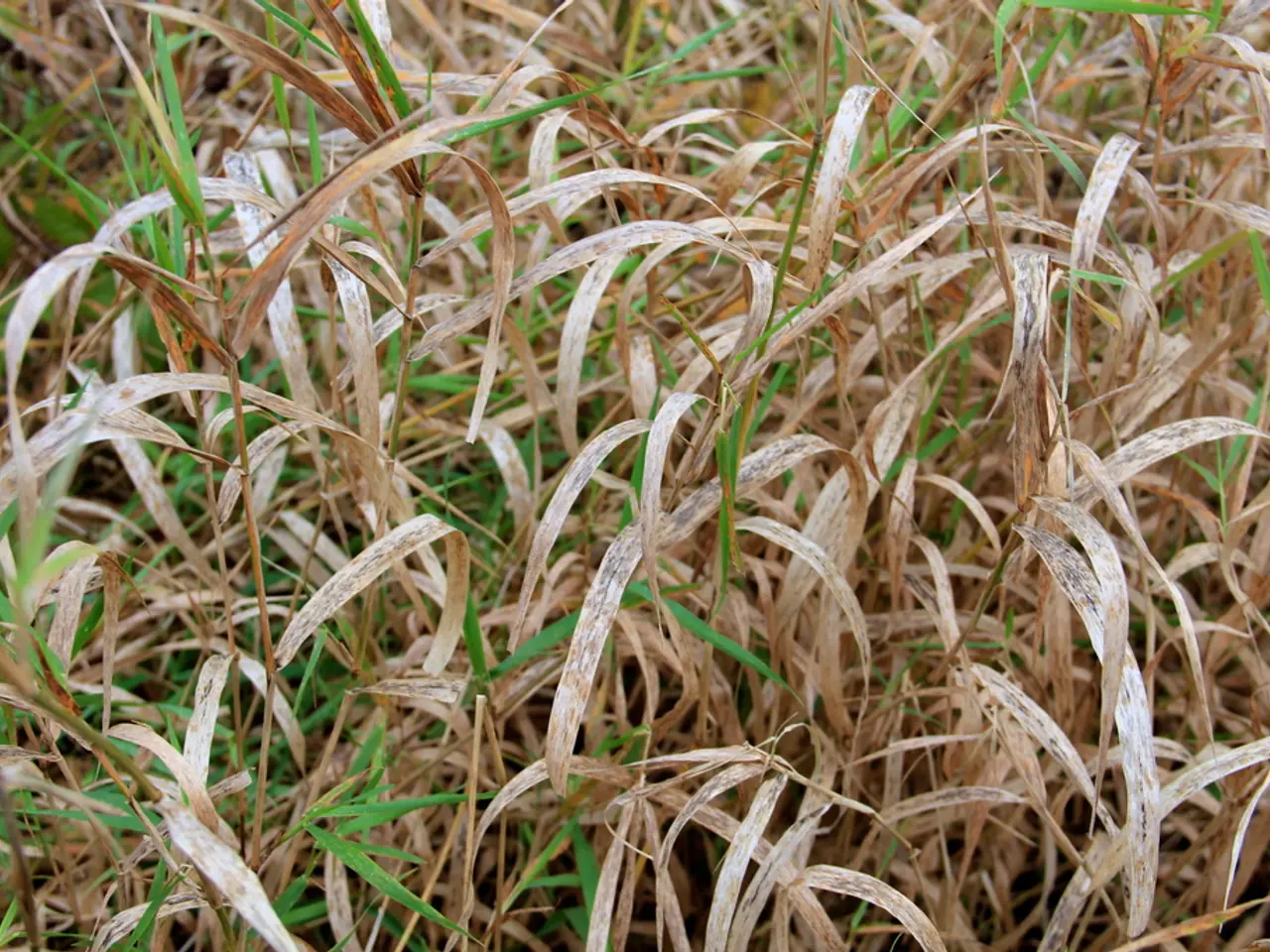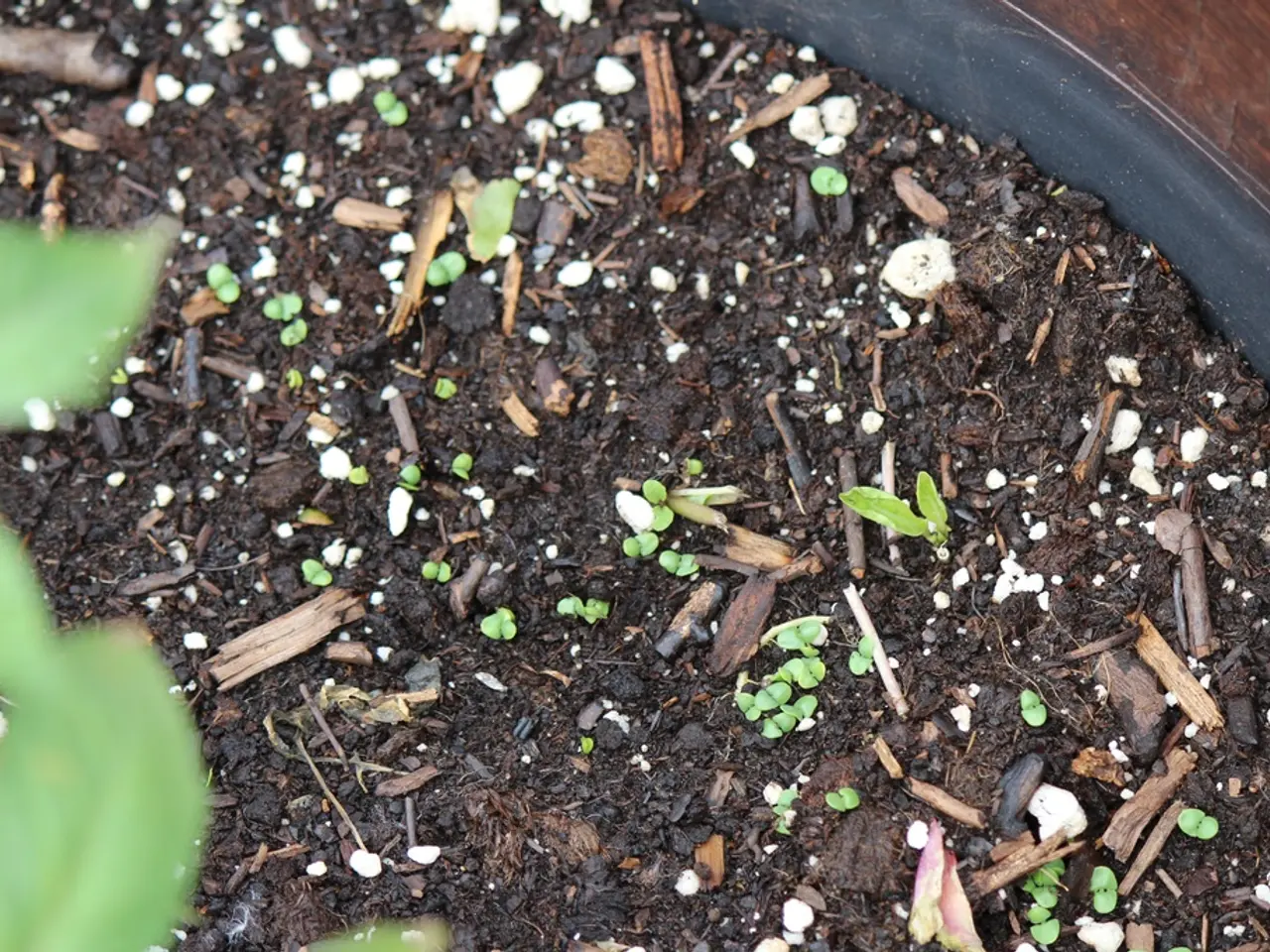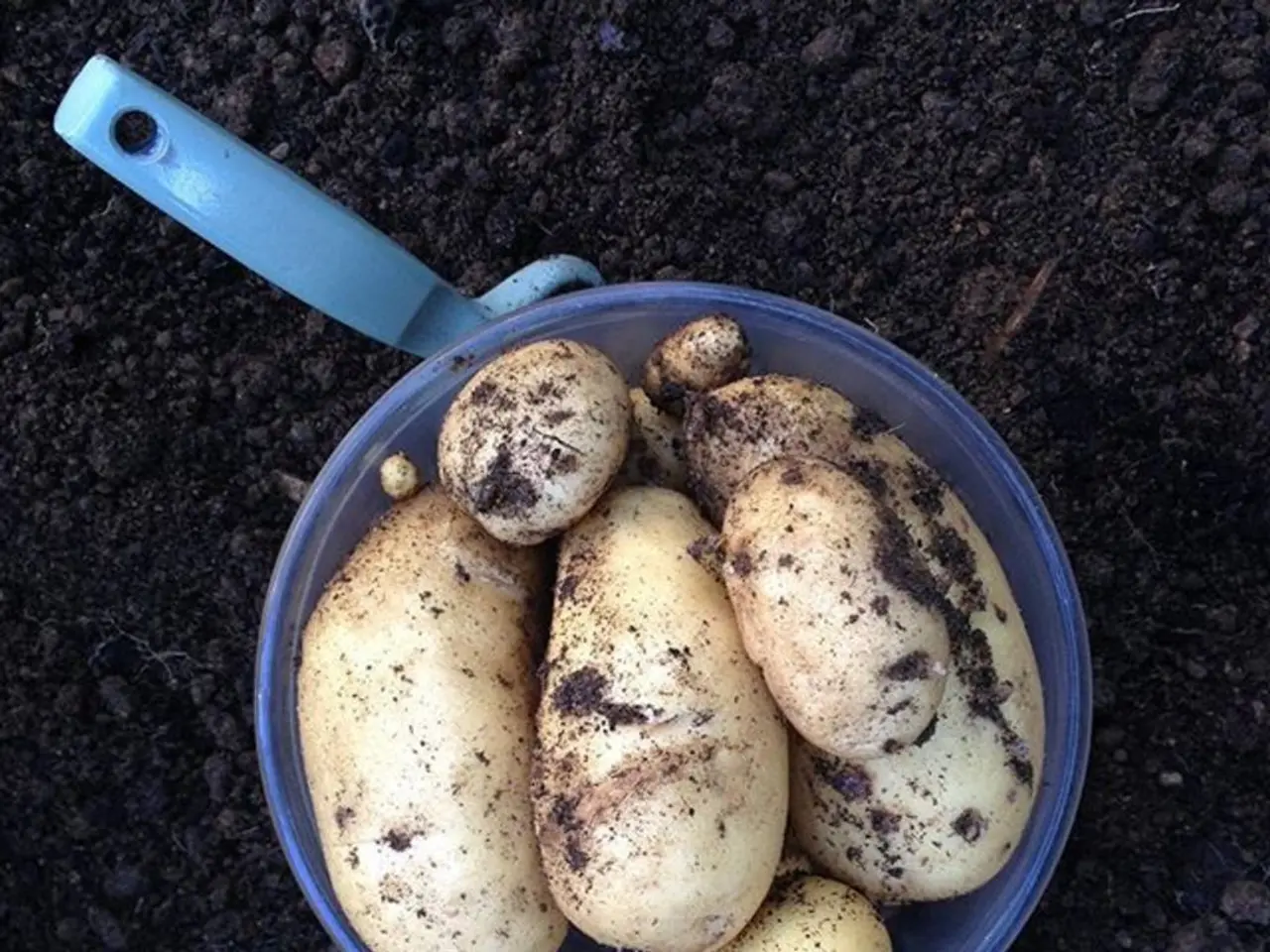Mastering Essentials of Indoor Plant Maintenance
Indoor plants are more than just decorative additions to our homes and offices. They offer a host of benefits that can significantly improve our living and working environments. From purifying the air to reducing stress and boosting mental health, caring for indoor plants can be a rewarding and enjoyable hobby.
1. Choose Effective Air-Purifying Plants
Select species known for filtering harmful indoor pollutants such as formaldehyde, benzene, and VOCs. Popular plants include peace lilies, snake plants, spider plants, pothos, Ficus lyrata, Monstera deliciosa, and Hedera helix. These plants absorb carbon dioxide and release oxygen through photosynthesis and also increase humidity via transpiration.
2. Provide Stable and Suitable Environmental Conditions
Maintain room temperatures between 65 and 85 degrees Fahrenheit, avoiding extreme fluctuations, and place plants in areas where they receive appropriate natural or artificial light without drafts.
3. Optimize Plant Placement
Follow NASA’s guidelines of approximately one plant per 100 square feet to maximize air cleaning. Group plants of different sizes and leaf shapes together to target a broader range of pollutants. Place plants near pollution sources like printers in offices or near windows in bedrooms but away from direct drafts.
4. Care Regularly
Water plants properly according to their species needs, ensuring good soil drainage, and occasionally wiping leaves to remove dust that can hinder their air-purifying function. Healthy plants perform better at improving air quality and providing stress relief.
5. Incorporate Biophilic Design
Use plants to create aesthetically pleasing, nature-inspired spaces. Groupings and varied heights add visual interest while promoting comfort, relaxation, and mood enhancement. Matching pots and vertical gardens can complement décor and save space.
6. Engage Actively with Plants
Caring for indoor plants can serve as a mindful break from technology, lowering blood pressure, improving focus, and reducing stress. The act of nurturing greenery enhances overall well-being and makes indoor spaces more enjoyable.
In addition to these practices, providing adequate lighting, regularly cleaning and pruning your plants, monitoring for pests and diseases, choosing the right plants for your space based on size, light levels, and humidity, repotting your plants as needed, and fertilizing your indoor plants regularly using a balanced, water-soluble fertilizer can further enhance the benefits of indoor plants.
By following these best practices, you can collectively improve indoor air quality by removing toxins and increasing oxygen, reduce stress and enhance mood, and contribute to making living and working environments healthier and more inviting. So, embrace the green and let your indoor spaces thrive with the calming presence of plants.
1. Fit Suitable Home-and-Garden Pots to Indoor Plants
Choose appropriate pots in various sizes for your indoor plants, ensuring good drainage to prevent excess water build-up and root rot. Opt for decorative pots that complement your home's lifestyle and home-and-garden aesthetics.
2. Enhance Gardening Skills
Learn about proper fertilization techniques for indoor plants. Regularly apply a balanced, water-soluble fertilizer to provide essential nutrients for healthy plant growth, promoting better air filtration and overall well-being.
3. Maintain Clean and Healthy Plants
Frequently clean the leaves of your plants, removing dust and potential pests. This simple act can significantly enhance their air-purifying capabilities and contribute to maintaining a cleaner indoor environment.
4. Monitor and Protect Plants
Keep an eye out for signs of pests or diseases on your indoor plants. Act swiftly to treat affected plants and contain potential infestations to preserve the health and well-being of your indoor garden.
5. Optimize Plants' Growth Spaces
Prune your indoor plants regularly to maintain their shape, encourage new growth, and redirect energy towards root development. This practice can help your plants thrive in their indoor environment and continue to provide numerous benefits for your lifestyle and well-being.




